Home>Storage & Organization>Kitchen Organizing Tools>How To Get Cat To Use A Covered Litter Box
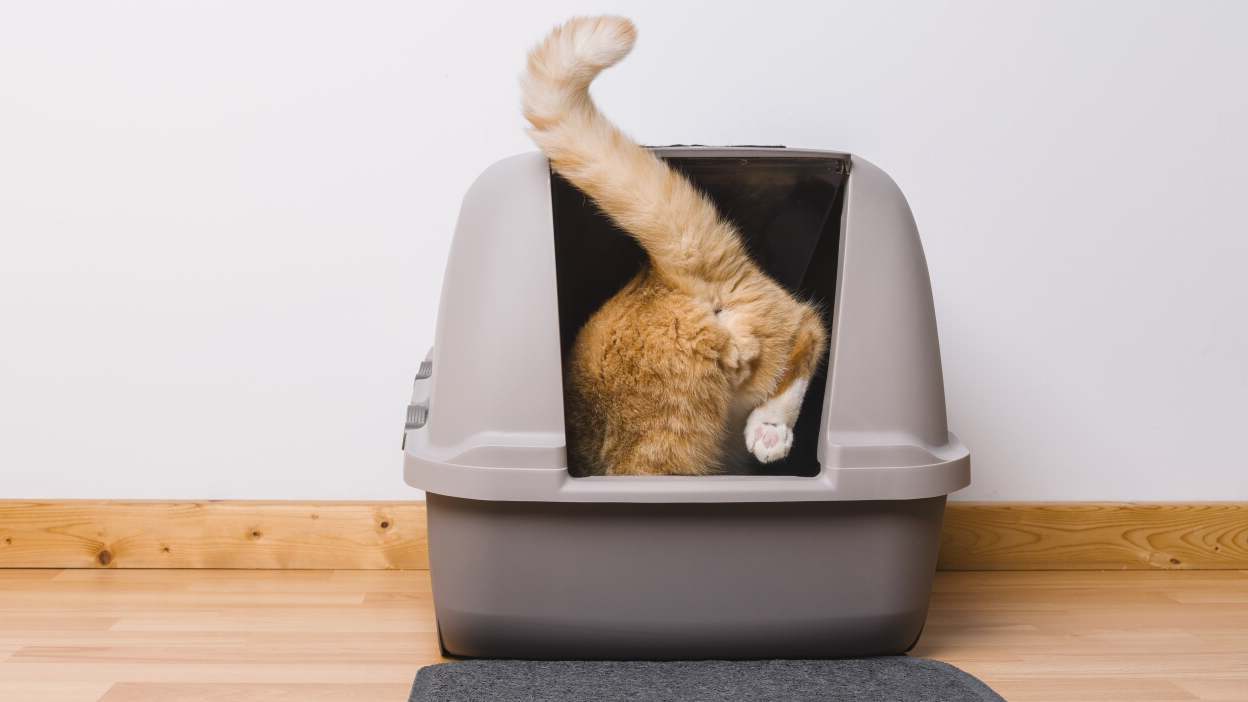

Kitchen Organizing Tools
How To Get Cat To Use A Covered Litter Box
Modified: August 23, 2024
Discover the best kitchen organizing tools to help your cat feel comfortable using a covered litter box. Find practical solutions for a tidy and pet-friendly home.
(Many of the links in this article redirect to a specific reviewed product. Your purchase of these products through affiliate links helps to generate commission for Storables.com, at no extra cost. Learn more)
Introduction
Introducing a covered litter box to your feline friend can significantly enhance their bathroom experience while also providing you with a cleaner and more odor-free living space. Covered litter boxes offer a range of benefits for both cats and their owners, making them a popular choice for many households. In this comprehensive guide, we will explore the advantages of using a covered litter box, provide tips for selecting the right one, and offer strategies for transitioning your cat to this new setup.
By understanding the benefits of covered litter boxes and learning how to effectively introduce them to your cat, you can create a more comfortable and hygienic environment for your pet, ultimately leading to a happier and healthier cohabitation. Let's delve into the world of covered litter boxes and discover how they can revolutionize your cat's bathroom routine.
Key Takeaways:
- Covered litter boxes provide cats with privacy, reduce odors, and minimize litter scatter, making them a popular choice for cat owners seeking to enhance their pet’s bathroom experience.
- When transitioning your cat to a covered litter box, be patient, use positive reinforcement, and consider their preferences to create a comfortable and stress-free bathroom environment.
Benefits of Using a Covered Litter Box
Introducing a covered litter box to your feline companion can bring about a multitude of benefits, both for your cat and for you as a pet owner. Here are some of the key advantages of using a covered litter box:
-
Privacy and Security: Cats are naturally inclined to seek privacy when using the litter box. A covered litter box provides a secluded and secure space for your cat to do their business, helping them feel more at ease and reducing their stress levels.
-
Odor Control: One of the most significant benefits of a covered litter box is its ability to contain odors. The enclosed design helps trap unpleasant smells, preventing them from permeating your living space and creating a more pleasant environment for both you and your cat.
-
Reduced Litter Scatter: Covered litter boxes are effective at minimizing litter scatter, keeping the surrounding area cleaner and reducing the need for frequent sweeping or vacuuming. This can be particularly beneficial if your cat is prone to kicking litter outside the box.
-
Aesthetic Appeal: Covered litter boxes come in a variety of designs and styles, adding a touch of aesthetic appeal to your home while discreetly concealing the litter area. They can seamlessly blend into your living space, offering a more polished and tidy appearance.
-
Containment of Spraying and Digging: Some cats have a tendency to spray or dig vigorously in the litter box, leading to mess and potential spills. A covered litter box helps contain these behaviors, minimizing the spread of litter and waste beyond the confines of the box.
-
Versatility: Covered litter boxes are available in different sizes and configurations, catering to the diverse needs of various cat breeds and household setups. Whether you have a single cat or multiple feline companions, there is a covered litter box suitable for your specific requirements.
By understanding and appreciating the numerous benefits of using a covered litter box, you can make an informed decision about incorporating this valuable accessory into your cat's living environment. The advantages of enhanced privacy, odor control, reduced litter scatter, and aesthetic appeal make covered litter boxes a popular choice for cat owners seeking to optimize their pet's bathroom experience.
Choosing the Right Covered Litter Box
Selecting the appropriate covered litter box for your feline companion is a crucial decision that can significantly impact their bathroom habits and overall well-being. With a wide array of options available on the market, it's essential to consider several factors to ensure that the chosen litter box meets both your cat's needs and your own preferences. Here are key considerations to keep in mind when choosing the right covered litter box:
Size and Space
When evaluating covered litter boxes, consider the size of your cat and the available space in your home. The litter box should provide ample room for your cat to comfortably enter, turn around, and assume their preferred posture for elimination. Additionally, ensure that the dimensions of the covered litter box align with the designated area in your home, allowing for easy placement and accessibility.
Entry and Exit Design
The entry and exit design of the covered litter box is an important aspect to consider. Some covered litter boxes feature a front-entry design, while others have a top-entry configuration. Front-entry litter boxes are suitable for cats of all ages and mobility levels, offering easy access for kittens, senior cats, and those with mobility challenges. On the other hand, top-entry litter boxes provide enhanced privacy and can help contain litter scatter, making them a popular choice for cats who prefer a more secluded bathroom environment.
Odor Control Features
Effective odor control is a key consideration when choosing a covered litter box. Look for models equipped with odor-absorbing materials or carbon filters, as these features can help minimize unpleasant smells and maintain a fresher living space. Additionally, opt for covered litter boxes with secure latching mechanisms to prevent odor leakage and ensure that the enclosure remains tightly sealed.
Cleaning and Maintenance
The ease of cleaning and maintenance is a crucial factor in selecting a covered litter box. Choose a model with a removable top or front panel, as this facilitates effortless scooping and cleaning of the litter bed. Smooth, non-porous surfaces are also desirable, as they can be easily wiped down and sanitized, promoting a hygienic environment for your cat.
Multi-Cat Considerations
If you have multiple cats, it's important to choose a covered litter box that can accommodate the needs of all your feline companions. Opt for a spacious, multi-cat litter box with ample room for simultaneous use, ensuring that each cat has their own designated space for elimination.
By carefully considering the size, entry and exit design, odor control features, cleaning and maintenance aspects, and multi-cat considerations, you can make an informed decision when choosing the right covered litter box for your cat. Prioritizing your cat's comfort and hygiene while aligning with your household's space and maintenance requirements will ultimately lead to a harmonious and efficient bathroom setup for your feline friend.
Placing the Covered Litter Box in the Right Location
The placement of a covered litter box plays a pivotal role in ensuring that your cat feels comfortable, secure, and inclined to use the designated bathroom area. By strategically positioning the litter box in the right location within your home, you can promote positive litter box habits and create a conducive environment for your feline companion. Here are essential considerations for placing the covered litter box in the optimal location:
Read more: How To Get Cat To Use A Top Entry Litter Box
Accessibility and Privacy
When determining the placement of the covered litter box, prioritize accessibility and privacy. Choose a quiet and relatively secluded area that is easily accessible to your cat, yet away from high-traffic zones and noisy household activities. Cats appreciate privacy when using the litter box, so selecting a location that offers a degree of seclusion can help them feel at ease and reduce the likelihood of bathroom-related stress.
Avoiding High-Traffic Areas
Placing the covered litter box in a high-traffic area of your home can potentially deter your cat from using it regularly. Cats prefer a tranquil and undisturbed environment for their bathroom activities, so it's advisable to avoid positioning the litter box in areas with frequent foot traffic or loud commotion. Opt for a quieter, less frequented space to promote a sense of calm and security for your cat.
Multiple Access Points
If you have multiple cats or a multi-level home, consider providing multiple litter box locations to accommodate the diverse needs of your feline companions. Placing covered litter boxes on different levels of your home can offer convenience and accessibility to all your cats, reducing the likelihood of territorial disputes and promoting harmonious bathroom habits among your pets.
Ventilation and Airflow
Proper ventilation is essential when determining the placement of the covered litter box. Ensure that the chosen location allows for adequate airflow to prevent the accumulation of odors and maintain a fresh and hygienic environment. Avoid placing the litter box in enclosed or poorly ventilated spaces, as this can lead to odor retention and discomfort for both your cat and your household.
Gradual Changes
When relocating the covered litter box to a new area, introduce the change gradually to allow your cat to acclimate to the new environment. Cats can be sensitive to sudden alterations in their surroundings, so transitioning the litter box to a different location should be done incrementally to minimize stress and encourage acceptance of the new setup.
By carefully considering accessibility, privacy, traffic patterns, ventilation, and gradual changes, you can strategically place the covered litter box in an optimal location that promotes your cat's comfort and encourages consistent litter box usage. Prioritizing your cat's preferences and creating a tranquil and accessible bathroom environment will contribute to a positive and stress-free bathroom experience for your feline companion.
Transitioning Your Cat to a Covered Litter Box
Transitioning your cat to a covered litter box requires patience, observation, and a gradual approach to ensure a smooth adjustment process. While some cats may readily accept the transition, others may exhibit initial hesitation or reluctance. By employing the following strategies, you can effectively introduce your cat to the covered litter box and facilitate a seamless transition:
Familiarization and Observation
Begin by placing the covered litter box in a familiar and accessible location within your home. Allow your cat to become acquainted with the new addition by leaving the cover off initially. This enables your cat to explore the box, become comfortable with its presence, and continue using it without feeling overwhelmed by the enclosed space.
Gradual Enclosure
Once your cat has acclimated to the uncovered covered litter box, gradually introduce the cover by propping it open or partially covering the box with a towel. This gradual enclosure allows your cat to adjust to the reduced visibility and confinement, easing the transition to a fully covered environment.
Read more: How To Teach A Cat To Use A Litter Box
Positive Reinforcement
Encourage your cat's acceptance of the covered litter box by providing positive reinforcement. Offer treats, praise, and gentle petting when your cat uses the box, reinforcing the behavior and creating a positive association with the new setup. This positive reinforcement helps alleviate any apprehension and encourages your cat to view the covered litter box as a safe and inviting space.
Monitoring and Adjustment
Observe your cat's behavior and bathroom habits during the transition period. If you notice signs of stress or reluctance, consider temporarily removing the cover and allowing your cat to use the uncovered box before gradually reintroducing the cover. Monitoring your cat's response allows you to make necessary adjustments and tailor the transition to suit your cat's comfort level.
Patience and Consistency
Above all, exercise patience and maintain consistency throughout the transition process. Every cat adapts to change at their own pace, so it's essential to remain patient and supportive. Consistently reinforce positive behavior, maintain a calm and reassuring demeanor, and avoid pressuring your cat to use the covered litter box, as this can lead to resistance.
By gradually familiarizing your cat with the covered litter box, providing positive reinforcement, monitoring their response, and maintaining patience and consistency, you can effectively transition your cat to this new bathroom setup. With time and gentle encouragement, your cat can embrace the covered litter box, leading to a more comfortable and hygienic bathroom experience for both your feline companion and your household.
Tips for Encouraging Your Cat to Use a Covered Litter Box
Encouraging your cat to use a covered litter box involves a thoughtful and patient approach to ensure a smooth transition and promote consistent litter box habits. Here are some valuable tips to help facilitate your cat's acceptance and utilization of the covered litter box:
Read more: How To Get My Cat To Poop In The Litter Box
Familiar Scents and Textures
Introduce familiar scents and textures to the covered litter box to make it more inviting for your cat. Placing a small amount of your cat's used litter inside the covered box can help create a sense of familiarity and comfort, encouraging them to explore and use the new setup.
Gradual Transition
Transitioning to a covered litter box should be a gradual process. If your cat shows initial hesitation, consider gradually increasing the enclosure of the box over several days or weeks. This gradual transition allows your cat to acclimate to the covered environment at their own pace, reducing stress and resistance.
Placement of the Box
Carefully consider the placement of the covered litter box to align with your cat's preferences. Choose a quiet and accessible location, away from high-traffic areas and noisy household activities. Cats appreciate privacy when using the litter box, so selecting a tranquil and secluded spot can encourage regular use.
Read more: How To Teach A Cat To Use A Litter Box
Positive Reinforcement
Offer positive reinforcement when your cat uses the covered litter box. Praise your cat, offer treats, or engage in gentle play after successful bathroom visits. This positive association helps your cat view the covered litter box as a rewarding and safe space, reinforcing their willingness to use it.
Read more: How Often Should A Cat Use The Litter Box?
Patience and Observation
Exercise patience and keen observation during the transition period. Monitor your cat's behavior and bathroom habits, and be attentive to any signs of stress or reluctance. If your cat displays resistance, consider temporarily uncovering the box and reintroducing the cover gradually as they become more comfortable.
Maintaining Cleanliness
Keep the covered litter box clean and well-maintained to promote your cat's comfort and hygiene. Regularly scoop and clean the box to ensure a fresh and inviting environment. Cats are more likely to use a clean litter box, so maintaining cleanliness is essential for encouraging consistent usage.
By implementing these tips and approaching the transition with patience, positive reinforcement, and attention to your cat's preferences, you can effectively encourage your feline companion to embrace and use the covered litter box. With time and gentle encouragement, your cat can adapt to the new setup, leading to a more hygienic and stress-free bathroom experience for both your pet and your household.
Conclusion
In conclusion, the introduction of a covered litter box can revolutionize your cat's bathroom experience while offering a range of benefits for both your feline companion and your household. The advantages of enhanced privacy, effective odor control, reduced litter scatter, and aesthetic appeal make covered litter boxes a popular choice for cat owners seeking to optimize their pet's bathroom routine.
Choosing the right covered litter box involves careful consideration of factors such as size, entry and exit design, odor control features, cleaning and maintenance, and multi-cat considerations. By prioritizing your cat's comfort and hygiene while aligning with your household's space and maintenance requirements, you can select a covered litter box that meets both your cat's needs and your own preferences.
Strategically placing the covered litter box in the optimal location within your home is essential for promoting positive litter box habits and creating a conducive environment for your cat. By considering accessibility, privacy, traffic patterns, ventilation, and gradual changes, you can ensure that the chosen location promotes your cat's comfort and encourages consistent litter box usage.
Transitioning your cat to a covered litter box requires patience, observation, and a gradual approach to ensure a smooth adjustment process. By familiarizing your cat with the covered litter box, providing positive reinforcement, monitoring their response, and maintaining patience and consistency, you can effectively facilitate the transition to this new bathroom setup.
Encouraging your cat to use a covered litter box involves a thoughtful and patient approach, including the introduction of familiar scents and textures, a gradual transition, careful placement of the box, positive reinforcement, patience and observation, and the maintenance of cleanliness. By implementing these tips, you can effectively encourage your feline companion to embrace and use the covered litter box, leading to a more hygienic and stress-free bathroom experience for both your pet and your household.
In essence, the incorporation of a covered litter box can significantly enhance your cat's well-being and comfort while contributing to a cleaner and more pleasant living environment for you and your family. By understanding the benefits, selecting the right litter box, strategically placing it, facilitating a smooth transition, and encouraging consistent usage, you can create an optimal bathroom setup that promotes harmony and well-being for both you and your beloved feline friend.
Frequently Asked Questions about How To Get Cat To Use A Covered Litter Box
Was this page helpful?
At Storables.com, we guarantee accurate and reliable information. Our content, validated by Expert Board Contributors, is crafted following stringent Editorial Policies. We're committed to providing you with well-researched, expert-backed insights for all your informational needs.
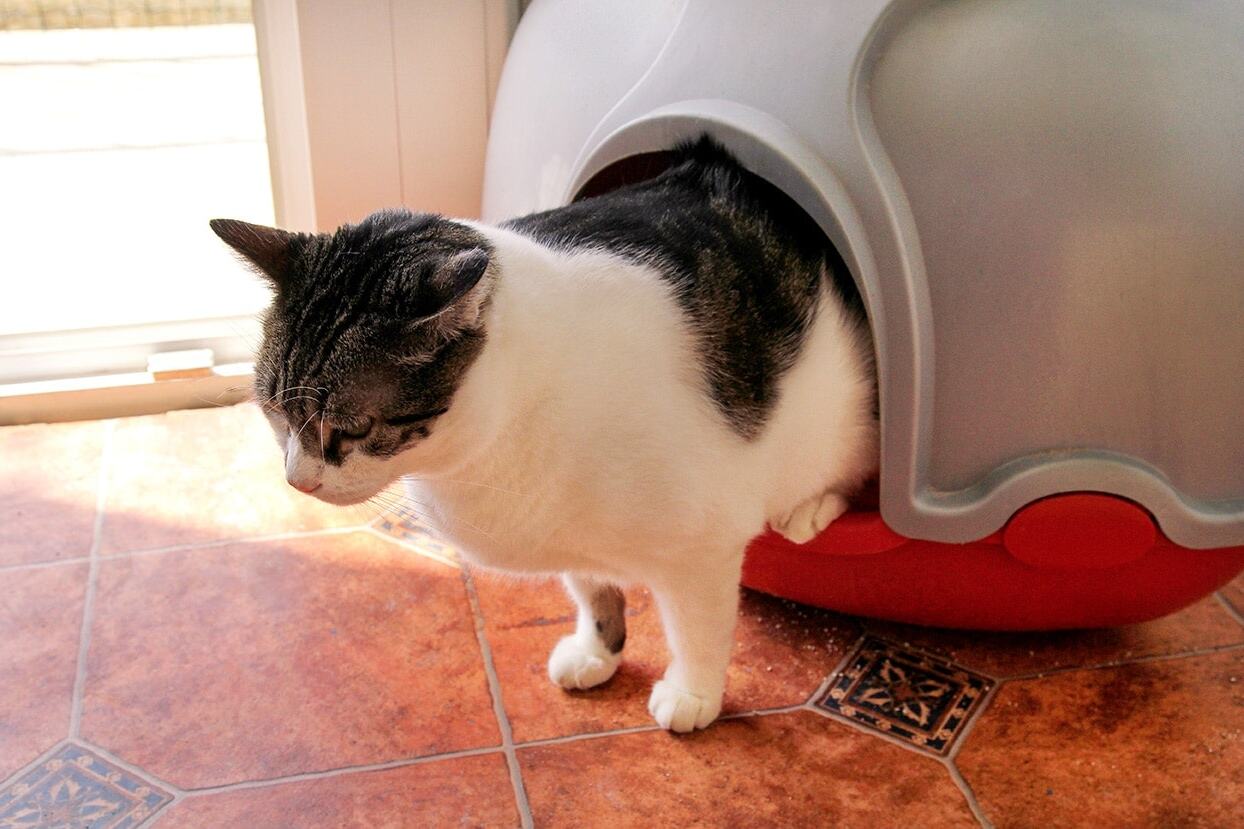
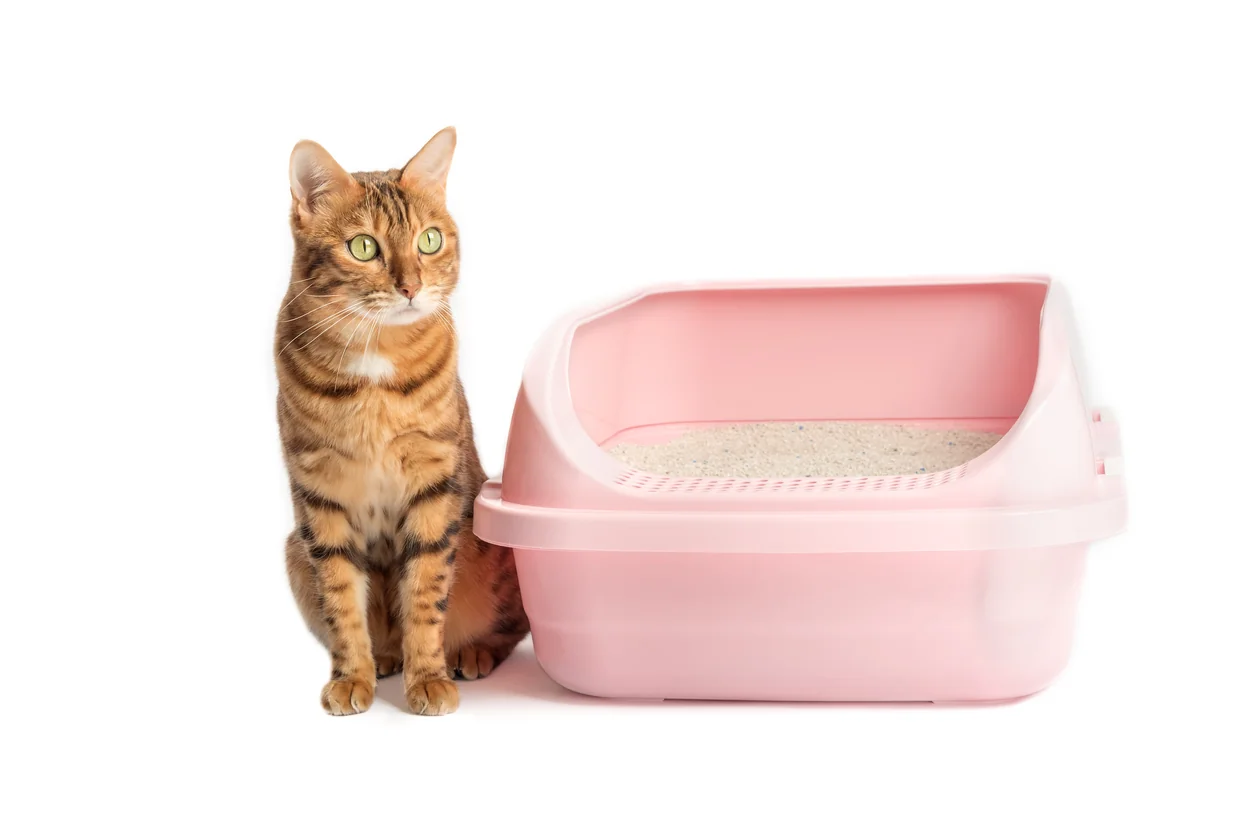

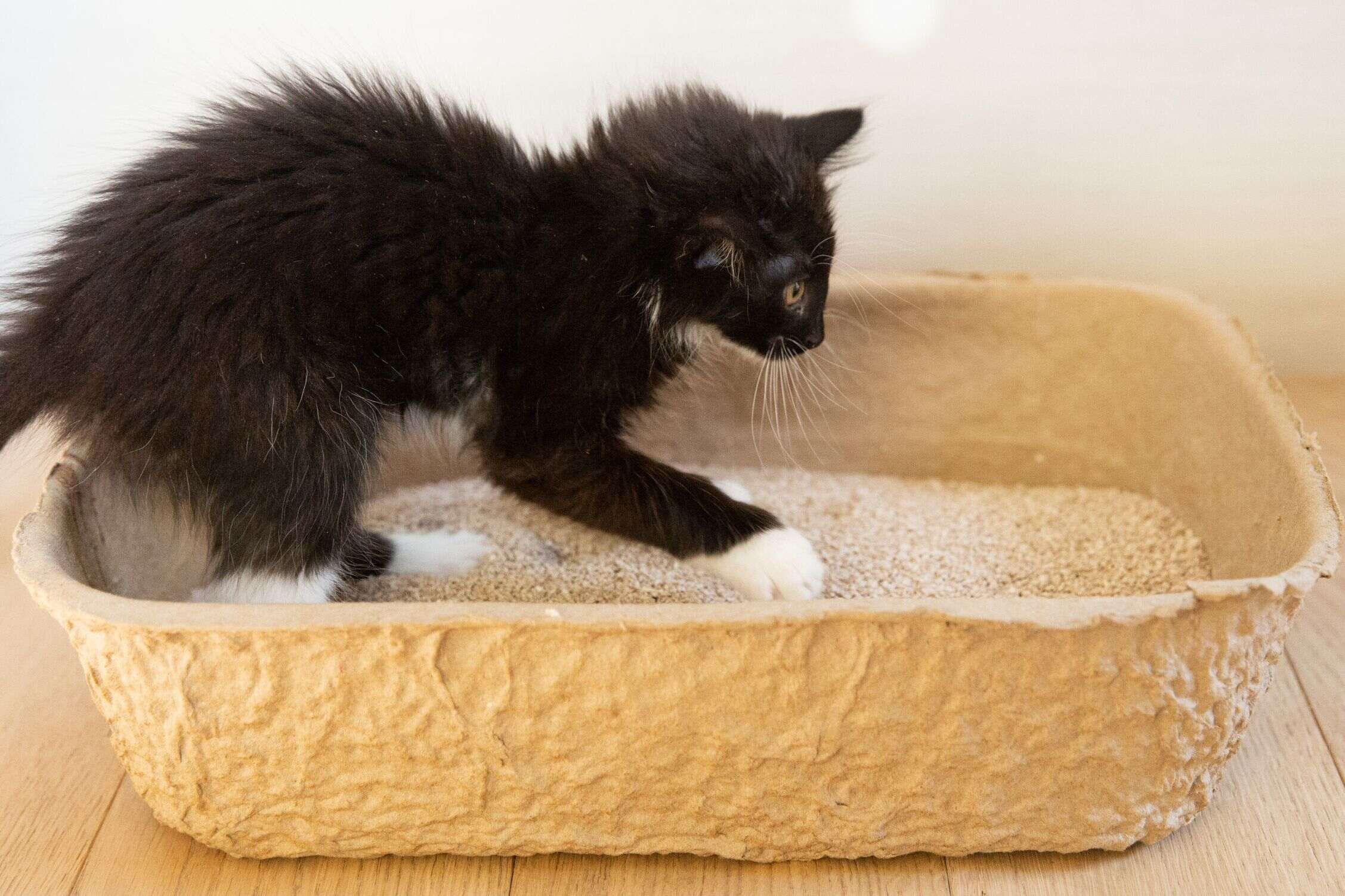
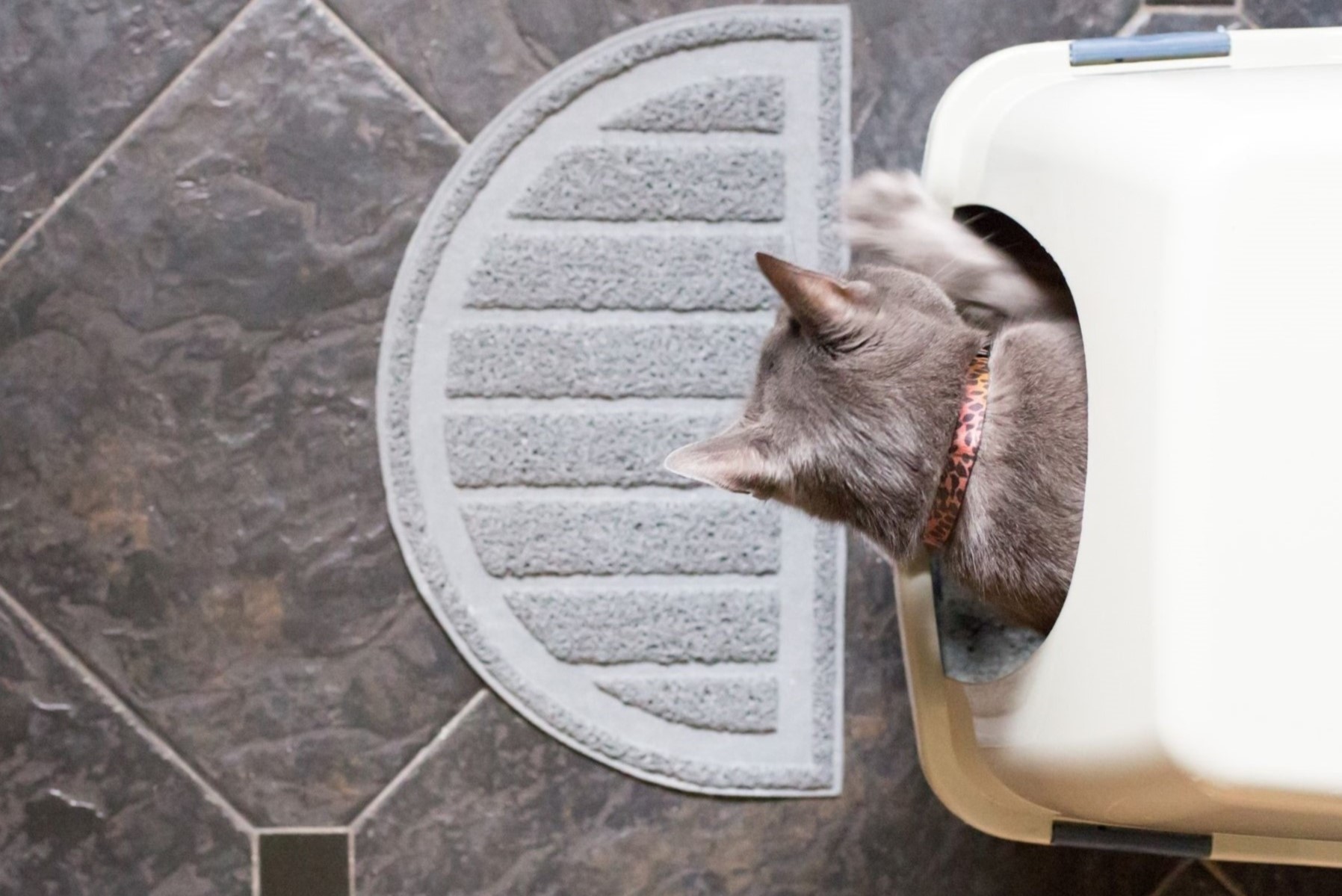


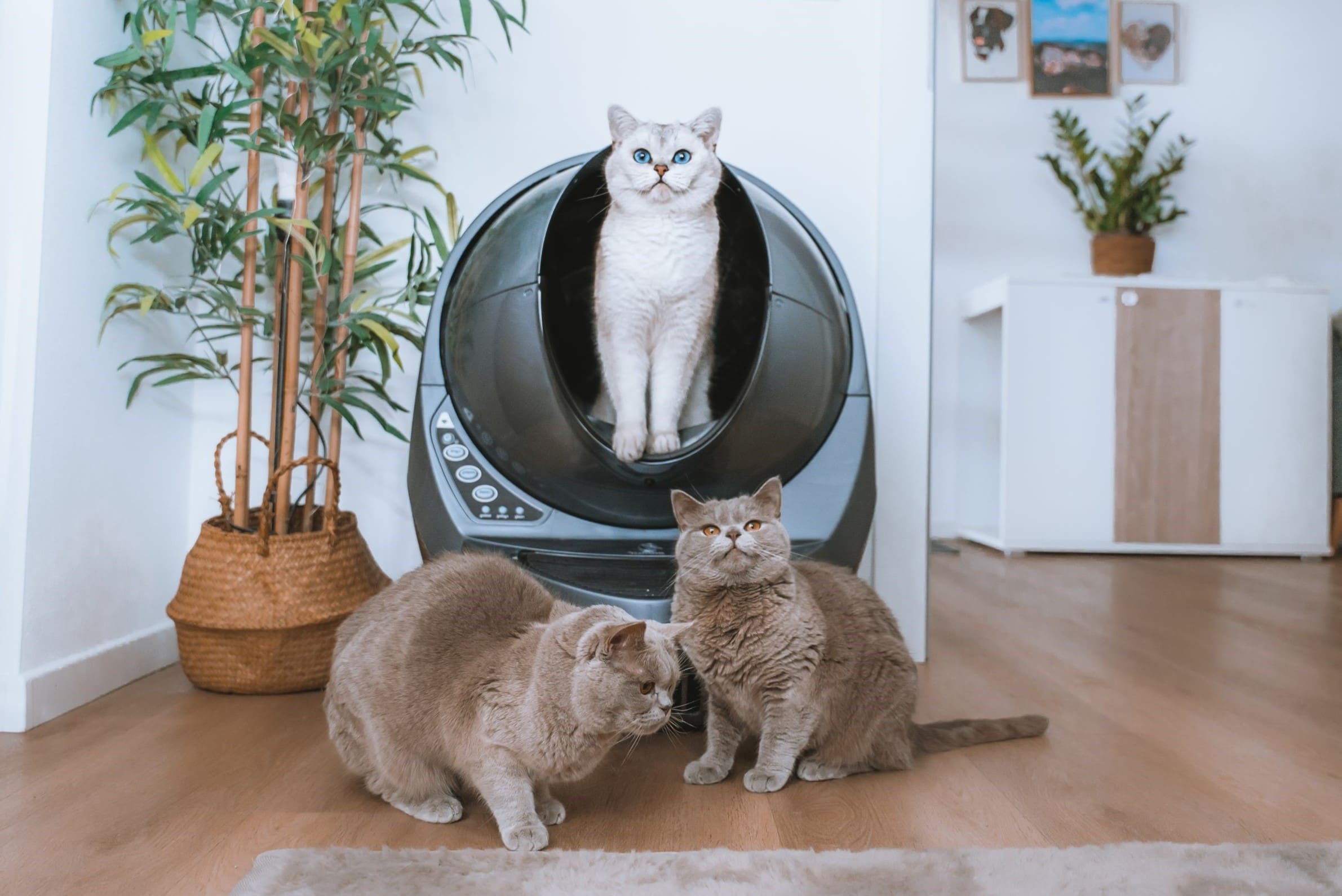
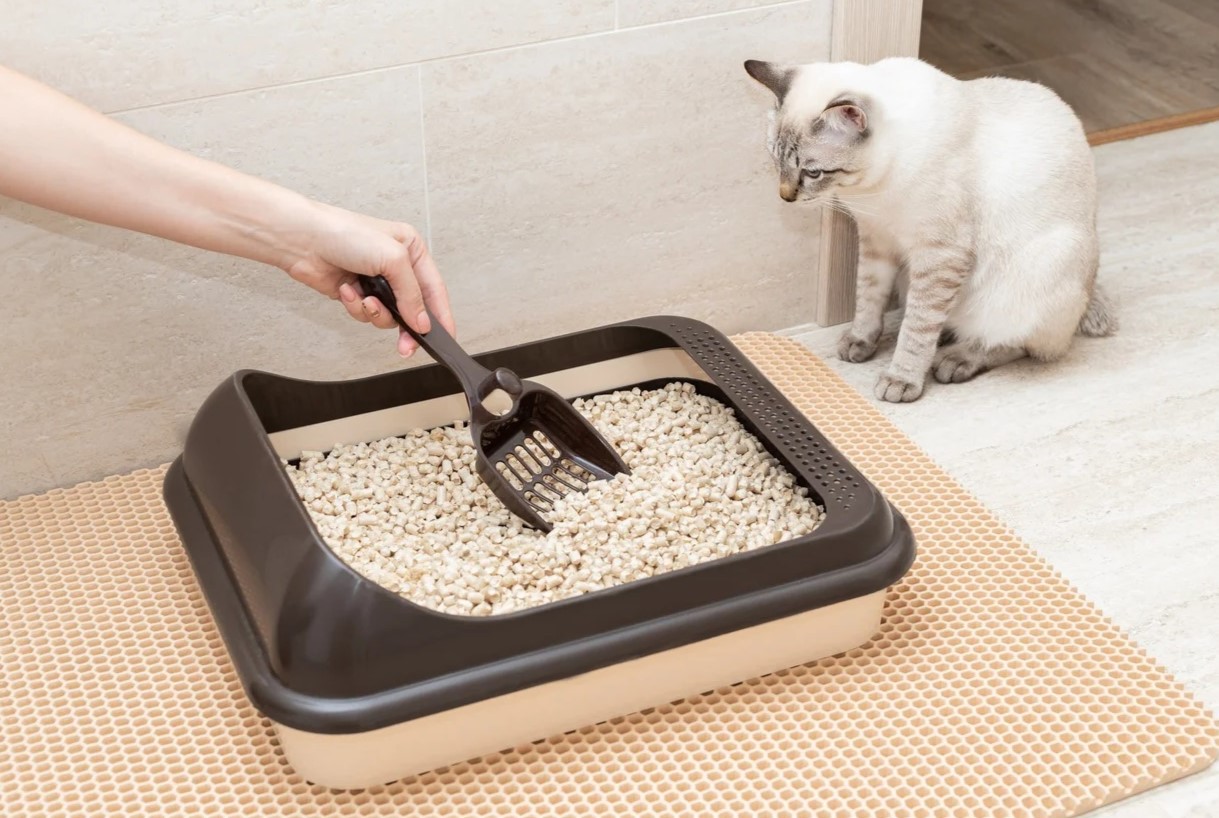

0 thoughts on “How To Get Cat To Use A Covered Litter Box”